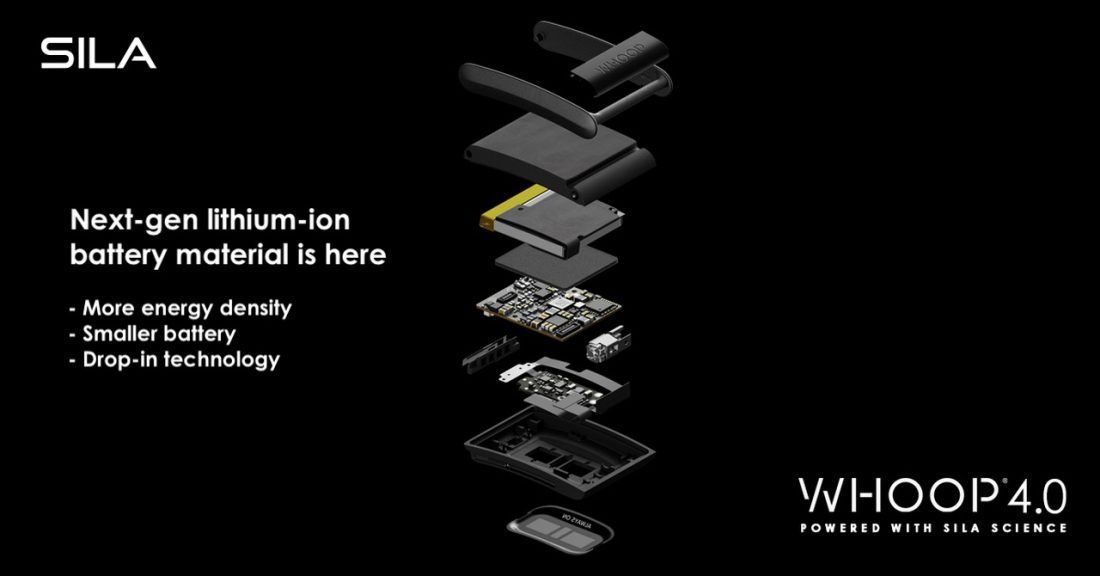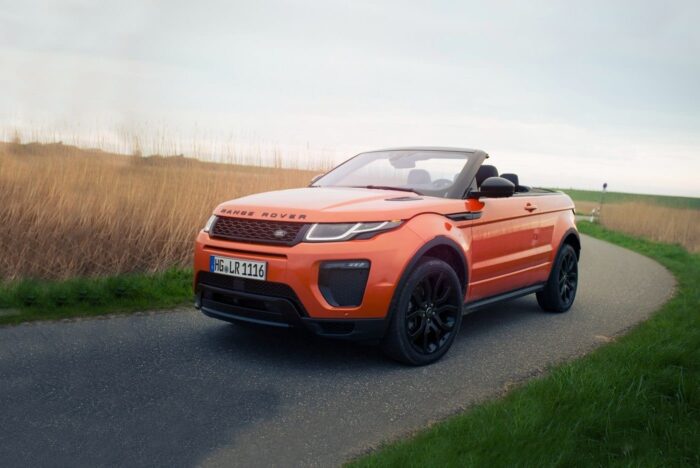
Durability: The device already uses lithium-ion cells with silicon anodes. Options? Let's not talk
Sila Nano's president tweeted that lithium-ion cells with silicon anodes have just made their way to the first device. This is the Whoop 4.0 fitness tracker, which the manufacturer claims has a battery with 17 percent higher energy density than the previous device.
Silicon anodes are the first in small household appliances and in the future, for example, in Mercedes
Sila Nano does not want to disclose the parameters of the new cells (voltage across the electrodes, total energy density, etc.). It also doesn't reveal who exactly makes the batteries because Sila Nano is only a manufacturer of silicon powder anode and the cells were made by someone else. So we only have the 17 percent mentioned and the claim that new batteries mean new sensors can be used and the same battery life while reducing the volume of the device by 1/3 (source, paid access; source).

Modern lithium-ion cell anodes use various forms of carbon, sometimes with the addition of silicon. The silicon anode has the advantage that it can hold and store up to 10 times more lithium ions than a graphite anode. Theoretically then a battery using silicon can have 10 times the capacity.
However, the reality is not very good for us. The higher capacitance of the silicon structure means that 1) in the initial phase of the cell's operation, when a passivation layer is created, more lithium ions are immobilized forever. And this is 2) lithium ions push apart the silicon structures much more (they must be located somewhere), which leads to the destruction of the anode. As a result more lithium is required to make a silicon anode cell (= higher price) Oraz additional stabilization mechanisms blocking swelling of the structure.
It seems that Sila Nano managed to solve at least some of the problems and at the same time create a mechanism for mass production of silicon anodes. Over the past 10 years, the production process has accelerated a thousand times (1 times). For lithium-ion cells with silicon anodes to go into cars, the current process needs to be accelerated by a factor of 000 (source). The company predicts that in the next 100-5 years, lithium-ion batteries will hit the market at $ 10 per kilowatt hour, support fast charging and withstands 10 cycles, 000 years of operation.
Sila Nano is one of the companies helping Mercedes (Daimler) launch its own lithium-ion battery factories.

This may interest you:
